Foundation Repair – Simple Steps to Stop Cracks and Keep Your Home Stable
If you see cracks in walls, floors, or the outside of your house, it’s a sign the foundation needs attention. Ignoring these signs can lead to bigger problems and costly repairs later. This guide shows you why cracks appear, how to choose the right material, and step‑by‑step methods you can do yourself or with a professional.
Common Causes of Foundation Cracks
Most cracks come from three everyday sources. First, soil movement – when the ground expands in wet weather or contracts during a dry spell, it pushes and pulls on the concrete. Second, poor drainage – water that pools near the foundation can erode the soil and increase pressure on the walls. Third, low‑quality material – cheap concrete or improper mixing can create weak spots that crack under load.
In the UK, limestone is a popular base material because it compacts well and drains naturally. Using high‑grade limestone aggregate from Lime Hillock Quarries gives your repair a solid foundation that resists future movement.
Step‑by‑Step Repair Methods
1. Inspect and map the cracks. Use a flashlight to follow each line. Note the width, length, and direction. Hair‑line cracks (less than 1 mm) usually don’t need structural work, but wider cracks (>3 mm) should be sealed and reinforced.
2. Clean the area. Remove loose concrete, dirt, and any paint with a wire brush or a vacuum. A clean surface lets the repair material bond properly.
3. Choose the right filler. For small cracks, a polymer‑based epoxy injection works well. For larger gaps, a two‑part concrete mix that includes limestone aggregate gives extra strength. Lime Hillock supplies high‑quality limestone that mixes easily and hardens fast.
4. Apply the filler. Follow the product instructions – usually you’ll pour the epoxy or mix, then push it into the crack with a caulking gun or trowel. Make sure the filler fills the depth of the crack, not just the surface.
5. Reinforce if needed. When a crack is wide or runs along a load‑bearing wall, embed a steel rod or fiberglass mesh into the fresh filler. This extra support stops the crack from reopening.
6. Finish the surface. Smooth the cured filler with a trowel. If the repair is on an exterior wall, apply a waterproof sealant to keep moisture out. Inside, a coat of plaster or paint restores the look.
7. Improve drainage. After the repair, make sure gutters, downspouts, and the ground slope direct water away from the foundation. A simple gravel trench or French drain can make a big difference.
When you’re not comfortable doing the work yourself, hire a local contractor who knows how to work with limestone‑based mixes. They can test soil moisture, install proper waterproofing, and guarantee the repair meets building standards.
Regular checks keep your foundation healthy. Look for new cracks after heavy rain, check for doors that stick, and listen for unusual floor vibrations. Early detection saves time and money.
Using the right material and a clear repair plan keeps your home solid for years. Whether you DIY or call a pro, follow these steps and you’ll have a sturdier foundation without surprise expenses.
How to Fix Foundation Problems Yourself: A Practical DIY Guide
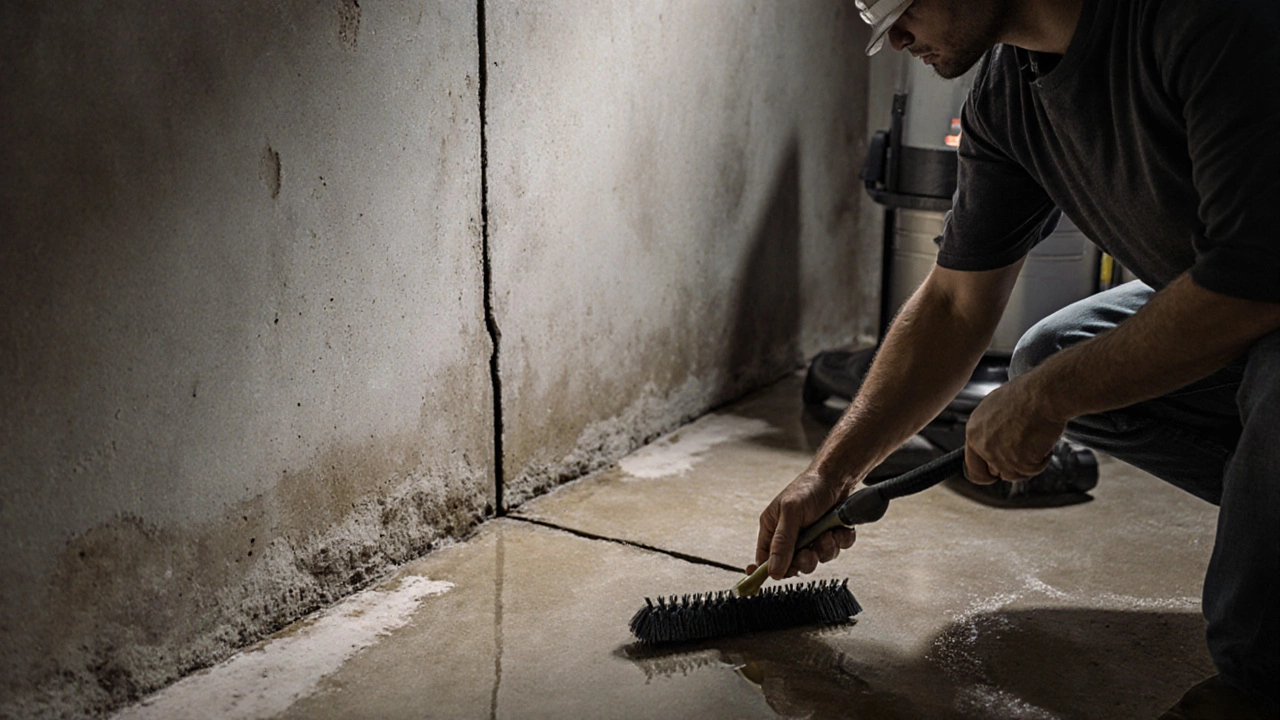
Learn how to fix common foundation cracks and water issues yourself in Halifax's harsh climate. Discover when DIY works, what tools to use, and how to prevent costly damage before it starts.
read moreHow Serious Are Horizontal Foundation Cracks? A Real-World Guide for Homeowners

Horizontal foundation cracks are a serious sign of structural pressure, often caused by water and soil movement. Unlike vertical cracks, they indicate wall bowing and require prompt professional attention to prevent costly damage.
read moreCan a Foundation Be Unfixable? Signs, Costs, and When to Replace vs Repair

Worried your foundation might be beyond repair? Learn the signs, costs, and decision rules to know when repairs work-and when replacement is the smarter move.
read moreCan You Fix Your Own House Foundation? DIY vs Pro, Costs, and Steps
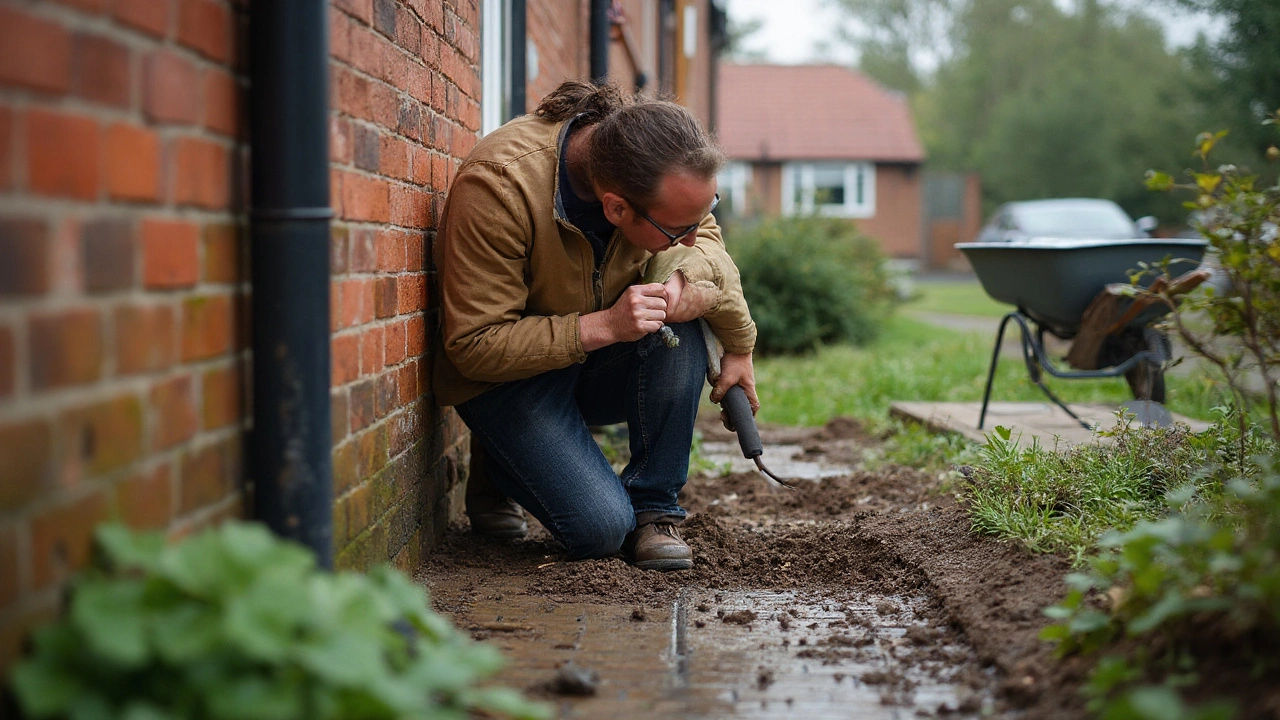
Yes-some foundation fixes are DIY: sealing hairline cracks, improving drainage, regrading. No-structural movement needs pros. Here’s how to tell, what to do, and costs.
read moreDoes a House Settle After 20 Years? Signs, Causes & Prevention Explained

Can a house really settle after 20 years? Discover why older homes move, what causes late settlement, and the impact on structure and safety.
read moreBest Foundation Repair Methods: Your Complete Guide to Home Stability
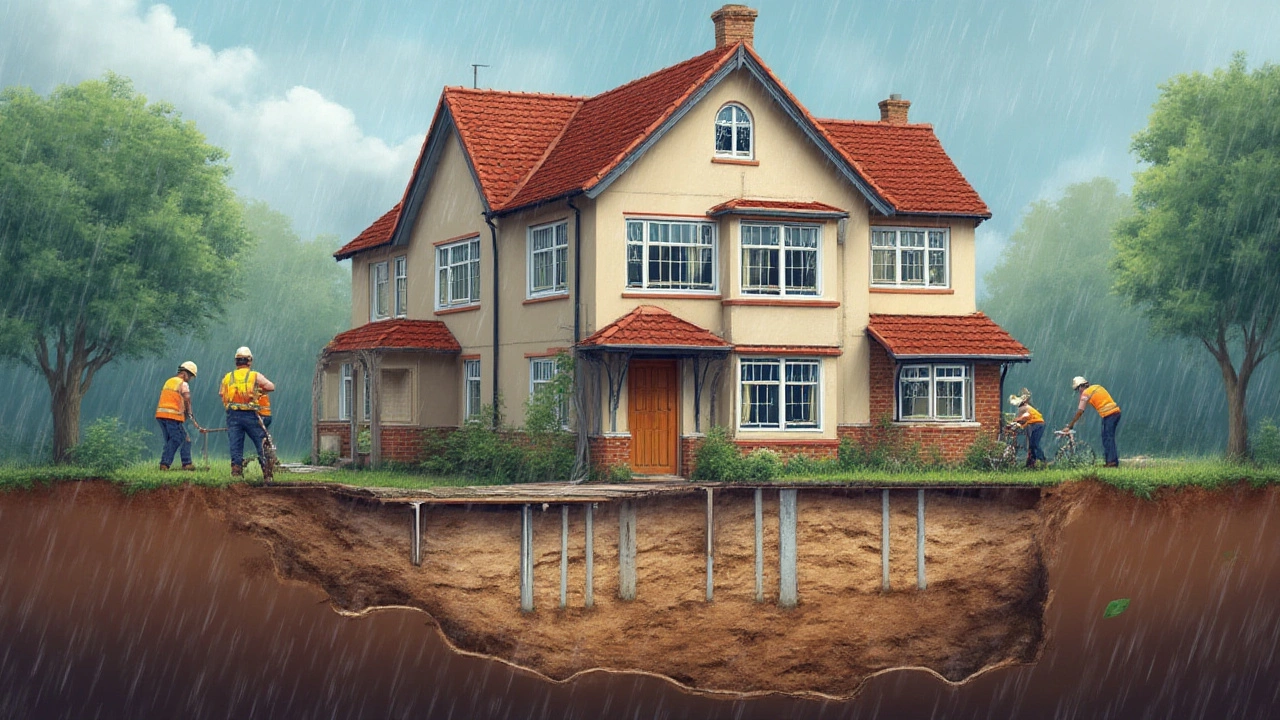
Looking at the best methods for foundation repair, and which choices actually keep your home safe, dry, and value-strong. Get reliable, up-to-date info here.
read moreFoundation Crack: What Happens If You Don't Fix It?
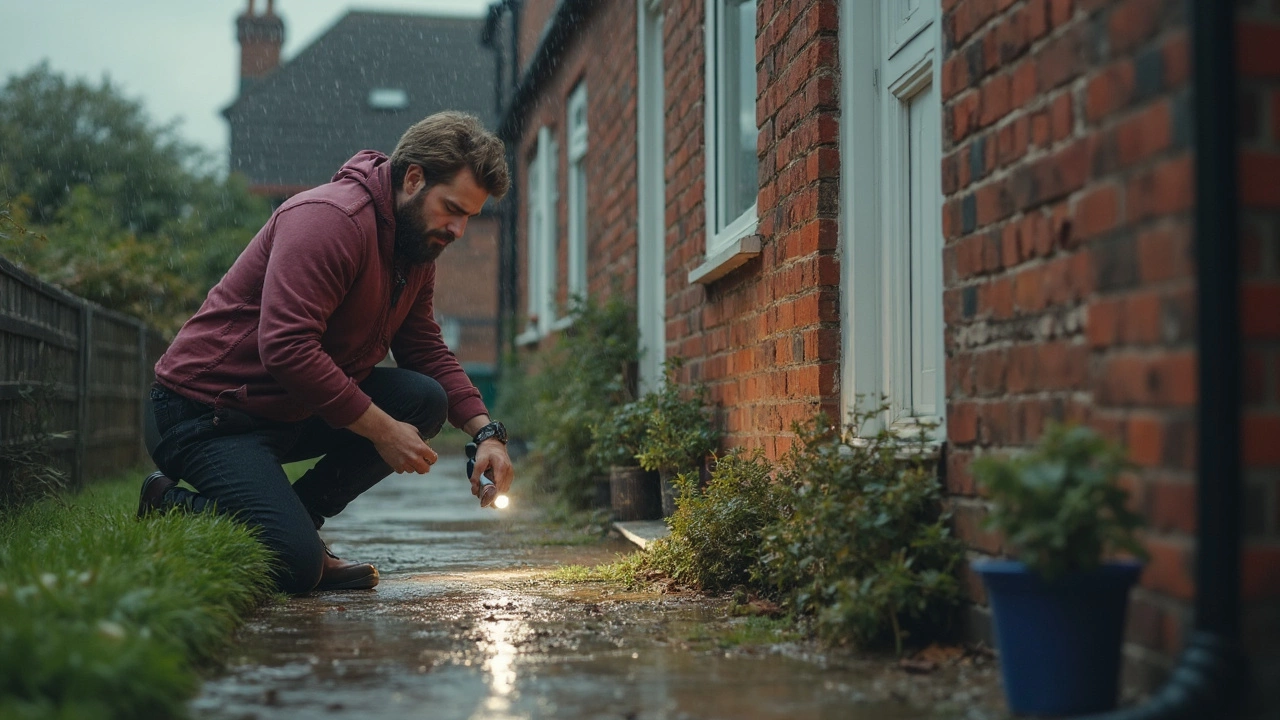
Ignoring foundation cracks might seem harmless at first, but it can quickly turn into a nightmare for any homeowner. This article breaks down exactly what happens if you don't fix a foundation crack, from small leaks to serious structural issues. You'll learn why early repair is always cheaper and smarter, plus get a few tips on spotting trouble before it gets worse. Understanding the risks and signs can save you from a lot of headaches. Get the facts before the cracks get bigger.
read moreAre Sagging Floors Covered by Insurance? Straight Talk for Homeowners

Wondering if your insurance will pay for fixing sagging floors? This article breaks down what you need to know about insurance coverage for foundation issues, including how insurers see sagging floors, what causes them, and what policy loopholes to watch out for. Learn what steps help you get a claim approved, and explore honest tips for protecting your home and your wallet. Real talk, no fluff—just useful advice every homeowner should hear.
read moreBest Cement for Foundation Repair: What Actually Works?
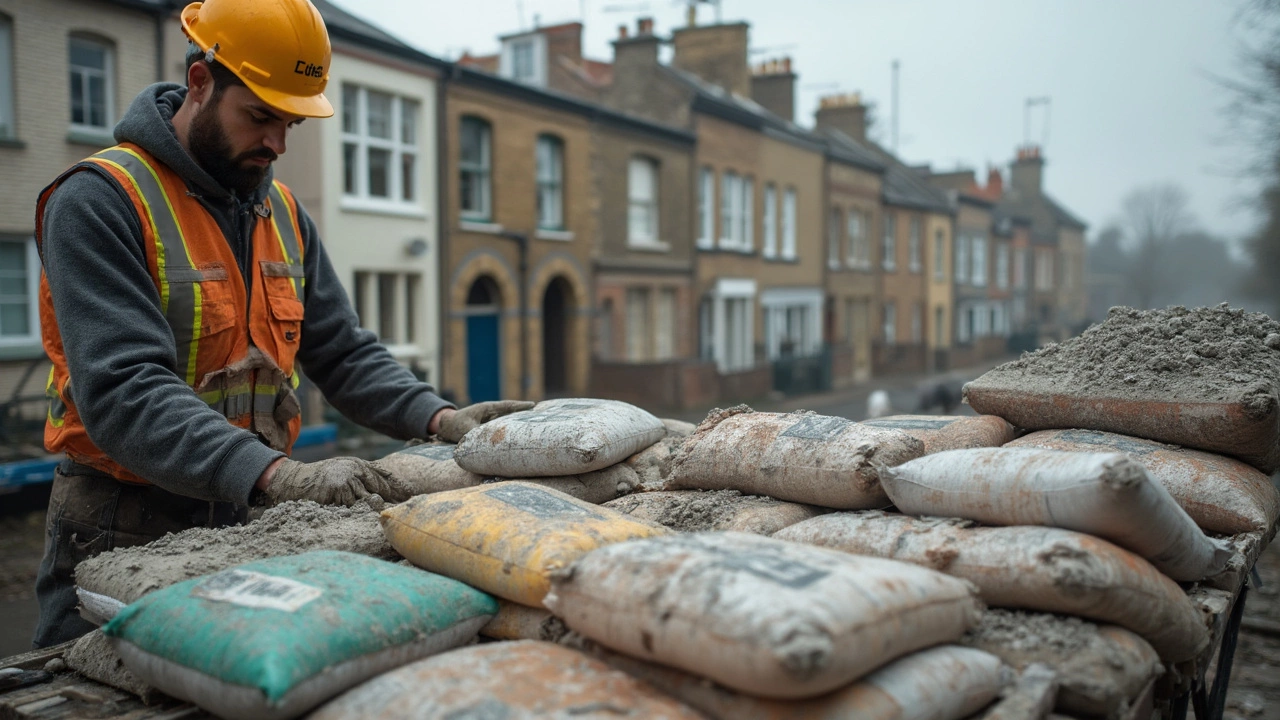
Confused about which cement is best for fixing your foundation? This article breaks down different cement types, explains what makes one better than the other, and arms you with insider tips for strong, lasting repairs. Discover which products pros use and why. Learn how to avoid common foundation repair slip-ups. Turn shaky ground into peace of mind with actionable advice you won’t get at the hardware store.
read moreDoes Foundation Repair Really Work? Exploring the Truth Behind Fixing Your Home's Base
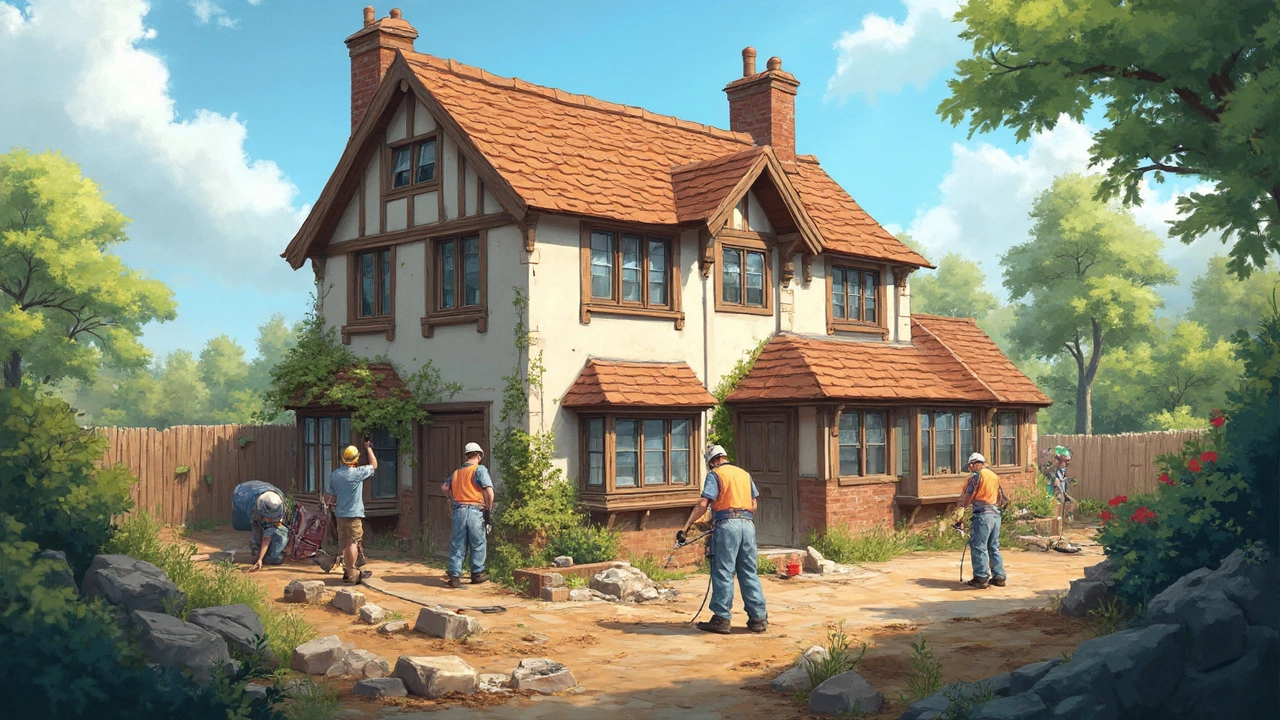
Foundation repair can be a daunting concept, leaving many homeowners unsure about its effectiveness. By comparing various repair methods, understanding potential challenges, and exploring real-life success stories, this article sheds light on whether these interventions truly work. Get the facts you need and tips on finding the right professionals for the job. Strengthening your home might be simpler than you think.
read moreCan a House Collapse from Foundation Issues? Here's What You Need to Know

Foundation issues can be the hidden danger lurking beneath your home. While not all cracks mean doom, ignoring warning signs can lead to serious structural problems. This guide dives into the risks of foundation trouble, signs to look out for, and when it might spell disaster for your home. Discover practical tips and steps to prevent a catastrophic collapse.
read moreCan I Repair My Foundation Myself?

Considering tackling foundation repair on your own? While it might seem like an opportunity to save money, it's not always straightforward. Learn about the common signs of foundation issues, the risks of DIY repairs, and when it's best to call a professional. This article offers insights and practical tips for anyone thinking about taking on this challenging task. Safety and peace of mind are paramount as you explore your options.
read more



